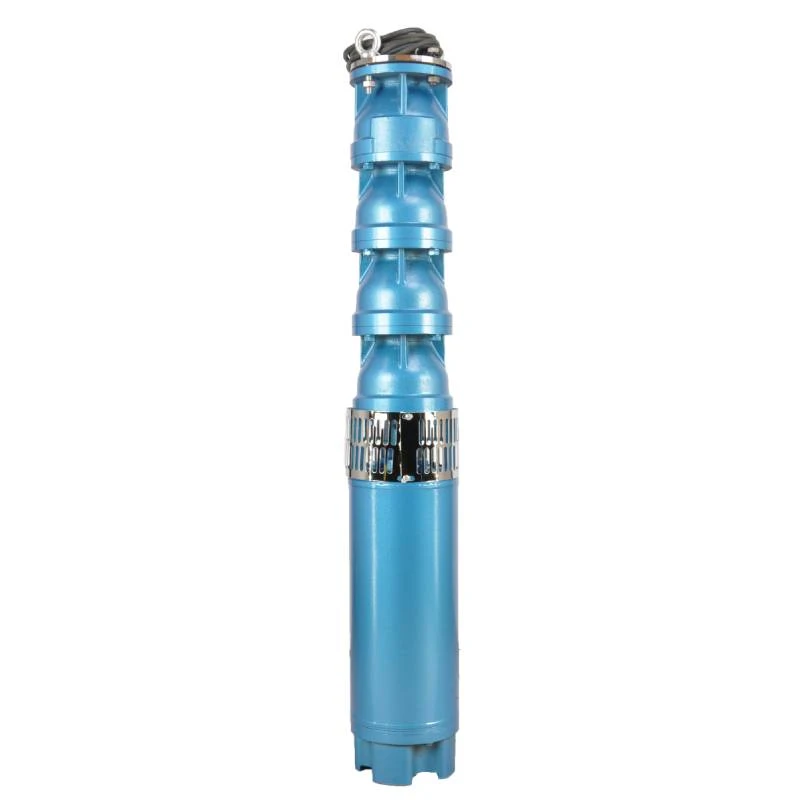Dec . 05, 2024 16:47 Back to list
Steps to Fix a Deep Well Submersible Pump Issues Effectively and Safely
How to Repair a Deep Well Submersible Pump
Submersible pumps are often utilized in deep wells to extract water from significant depths. They are highly efficient and can operate under challenging conditions. However, like any mechanical device, they can encounter issues that may require repair. Understanding how to diagnose and fix common problems with submersible pumps is crucial for ensuring they operate effectively and prolonging their lifespan. In this article, we will outline the steps to repair a deep well submersible pump.
Identifying the Problem
Before embarking on any repair, it's essential to identify the issue with the pump. Some common problems include
1. Pump Won't Start This could be due to electrical issues, such as a tripped circuit breaker or faulty wiring. 2. Low Water Output This might indicate a blockage in the well or wear and tear on the pump components. 3. Unusual Noises Noises may signal mechanical failure or that something is obstructing the pump's operation.
Safety Precautions
Before you begin any maintenance work, ensure your safety. Disconnect the power supply to the pump to avoid electric shocks. Wear appropriate safety gear, including gloves and eye protection, to safeguard against any potential hazards.
Removing the Pump
If you've diagnosed that your pump needs repair, you will likely need to remove it from the well
1. Disconnect Power Supply Always start by disconnecting the power supply to the pump. 2. Remove the Pump Use a well-drilling rig or a hoist to lift the pump out of the well. Be cautious, as submersible pumps can be quite heavy. 3. Inspect the Pump Once removed, check for visible signs of wear, corrosion, or damage.
Basic Troubleshooting
With the pump removed, you can begin troubleshooting
how to repair a deep well submersible pump

1. Electrical Components Inspect the electrical connections for any signs of wear or damage. Use a multimeter to check continuity in the wiring. 2. Check the Motor Examine the motor for any overheating or physical damage. Replace any worn bearings or seals to ensure efficient operation. 3. Impeller and Diffuser These are critical components that may be clogged or damaged. Clean any debris from the impeller and inspect the diffuser for cracks or erosion. Replace if necessary.
Repairing or Replacing Parts
Depending on your findings during inspection, you may need to repair or replace certain parts
- Replace Worn Parts If any components, such as the impeller, seals, or bearings, show significant wear, replace them with new, high-quality parts. - Sealing Connections Ensure all electrical connections are secure and sealed to prevent water ingress, which could cause further damage.
Testing the Pump
Once repairs are made, reassemble the pump carefully and prepare for testing
1. Reconnect the Power Safely reconnect the power supply, ensuring all connections are secure. 2. Submerge the Pump Carefully lower the pump back into the well, ensuring it is correctly positioned. 3. Perform a Function Test Turn on the pump and monitor its operation. Listen for any unusual noises, check the water output, and make sure it is functioning as expected.
Regular Maintenance
To prevent future issues, establish a regular maintenance routine. This includes routine inspections, cleaning any debris, and checking electrical connections. By taking proactive measures, you can extend the life of your submersible pump and ensure reliable water supply for your needs.
Conclusion
Repairing a deep well submersible pump can seem daunting, but with proper diagnosis and careful attention to detail, many common problems can be addressed effectively. Remember that safety is paramount, and if the problem persists or becomes complex, it may be wise to consult with a professional. Regular maintenance is key to preventing issues and ensuring the durability of your submersible pump.
-
Submersible Water Pump: The Efficient 'Power Pioneer' of the Underwater World
NewsJul.01,2025
-
Submersible Pond Pump: The Hidden Guardian of Water Landscape Ecology
NewsJul.01,2025
-
Stainless Well Pump: A Reliable and Durable Pumping Main Force
NewsJul.01,2025
-
Stainless Steel Submersible Pump: An Efficient and Versatile Tool for Underwater Operations
NewsJul.01,2025
-
Deep Well Submersible Pump: An Efficient 'Sucker' of Groundwater Sources
NewsJul.01,2025
-
Deep Water Well Pump: An Efficient 'Sucker' of Groundwater Sources
NewsJul.01,2025
-
 Submersible Water Pump: The Efficient 'Power Pioneer' of the Underwater WorldIn the field of hydraulic equipment, the Submersible Water Pump has become the core equipment for underwater operations and water resource transportation due to its unique design and excellent performance.Detail
Submersible Water Pump: The Efficient 'Power Pioneer' of the Underwater WorldIn the field of hydraulic equipment, the Submersible Water Pump has become the core equipment for underwater operations and water resource transportation due to its unique design and excellent performance.Detail -
 Submersible Pond Pump: The Hidden Guardian of Water Landscape EcologyIn courtyard landscapes, ecological ponds, and even small-scale water conservancy projects, there is a silent yet indispensable equipment - the Submersible Pond Pump.Detail
Submersible Pond Pump: The Hidden Guardian of Water Landscape EcologyIn courtyard landscapes, ecological ponds, and even small-scale water conservancy projects, there is a silent yet indispensable equipment - the Submersible Pond Pump.Detail -
 Stainless Well Pump: A Reliable and Durable Pumping Main ForceIn the field of water resource transportation, Stainless Well Pump has become the core equipment for various pumping scenarios with its excellent performance and reliable quality.Detail
Stainless Well Pump: A Reliable and Durable Pumping Main ForceIn the field of water resource transportation, Stainless Well Pump has become the core equipment for various pumping scenarios with its excellent performance and reliable quality.Detail
